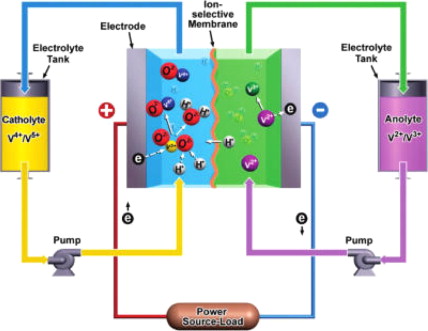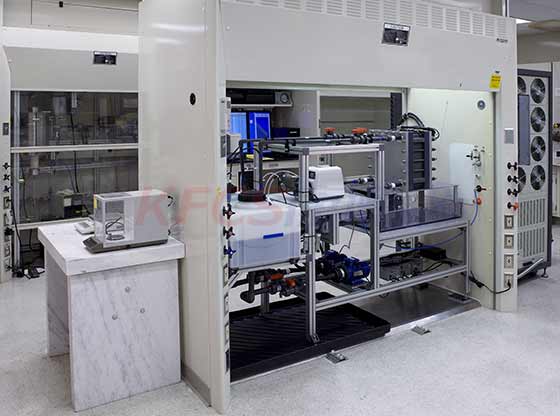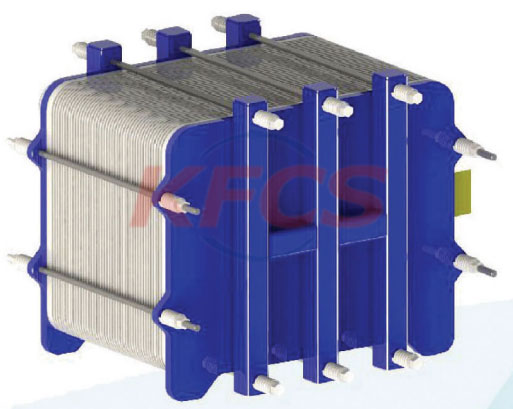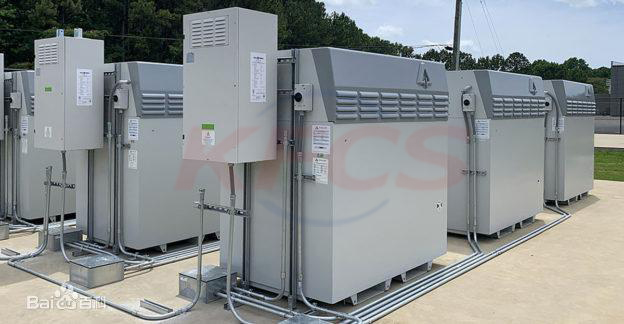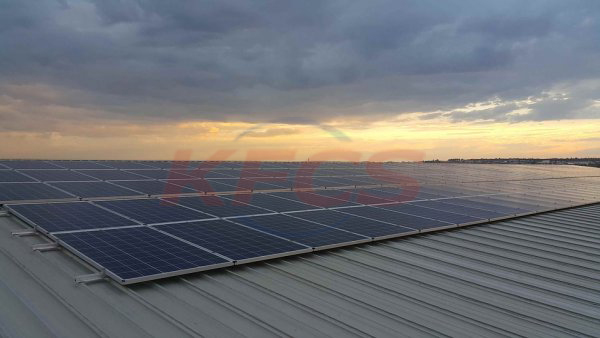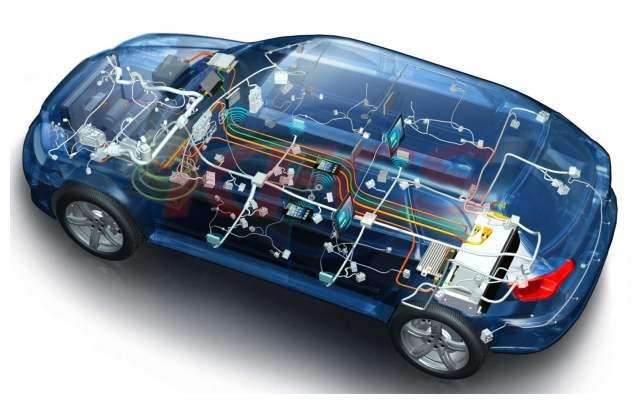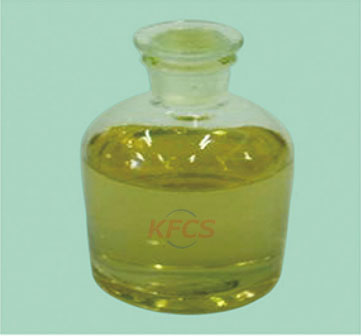Commercial Operation of Vanadium Redox (VRB) Flow Batteries
2022-01-18
The Vanadium Redox Battery (VRB®)¹ is a true redox flow battery (RFB), which stores energy by employing vanadium redox couples (V2+/V3+ in the negative and V4+/V5+ in the positive half-cells). These active chemical species are fully dissolved at all times in sulfuric acid electrolyte solutions. Like other true RFBs, the power and energy ratings of Vanadium Redox Batteries are independent of each other and each may be optimized separately for a specific application. All the other benefits and distinctions of true RFBs compared to other energy storage systems are realized by VRBs. The first operational vanadium redox battery was successfully demonstrated at the University of New South Wales in the late 1980s and commercial versions have been operating on scale for over 8 years.
About News
- Volkswagen USA accelerates the layout of power battery recycling
- The all-vanadium redox flow battery (VRFB) is a large-scale energy storage systems
- Battery industry production continues to grow
- Advantages of all-vanadium redox flow batteries
- Application of vanadium in all vanadium redox flow battery
- Introduction to Vanadium Batteries
- Energy storage operation and maintenance solutions
- Operation of all vanadium flow battery energy storage system project
- Lithium battery processing equipment is used for crushing device for scrapped lithium ion power battery
- Principle of Vanadium Redox Battery
Products


